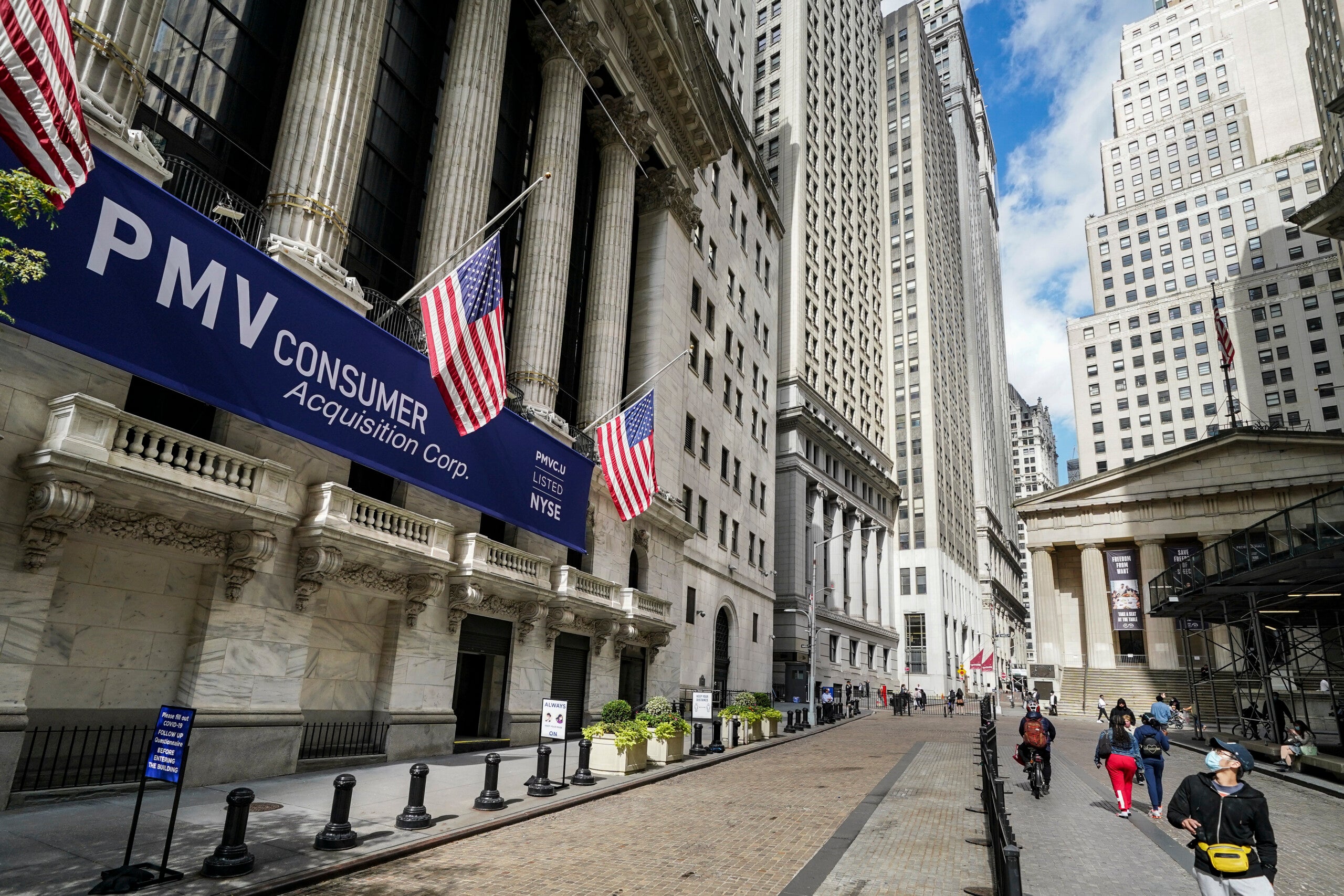Stocks rise as Trump tweets on stimulus keep market spinning
Stocks closed broadly higher on Wall Street Wednesday after President Donald Trump appeared to backtrack on his decision to halt talks on another rescue effort for the economy.
The
S&P 500 climbed 1.7% after Trump sent a series of tweets late
Tuesday saying he’s open to sending out $1,200 payments to Americans, as
well as limited programs to prop up the airline industry and small
businesses.
The tweets came just hours after Trump sent the market into a sudden tailspin with his declaration
that his representatives should halt talks with Democrats on a broad
stimulus effort for the economy until after the election, saying House
Speaker Nancy Pelosi had been negotiating in bad faith. The stakes are
high, as economists, investors and the chair of the Federal Reserve all
say the economy needs another dose of support following the expiration
of weekly jobless benefits and other stimulus Congress approved earlier
this year.
“What we’ve seen over the last 24 hours is just
confirmation that the market is really addicted to stimulus from the
government,” said Sal Bruno, chief investment officer at IndexIQ. “When
it thinks it’s not getting it, it sells off, and when it looks like
there’s a possibility for that it rises, as we’ve seen today.”
The
S&P 500 index rose 58.50 points to 3,419.45, while the Dow Jones
Industrial Average gained 530.70 points, or 1.9%, to 28,303.46.
The
Nasdaq composite climbed 210 points, or 1.9%, to 11,364.60, despite a
call by Democratic lawmakers for Congress to rein in the Big Tech
companies that dominate it and other indexes. The proposal,
which follows a 15-month investigation by a House Judiciary Committee
panel, could make it harder for Amazon, Apple, Facebook and Google’s
parent company to acquire others and impose new rules to safeguard
competition.
Amazon rose 3.1%, and Apple climbed 1.7%. Google’s parent company added 0.6%, and Facebook slipped 0.2%.
Still,
much of the market’s attention remains fixed on the prospects for more
stimulus for the economy from Washington. Wednesday’s gains helped the
S&P 500 recoup all of its loss from the day before, when Trump’s
tweets suddenly sent it from a 0.7% gain to a 1.4% loss.
Just a few hours before Trump made his announcement on Tuesday to halt negotiations, Federal Reserve Chair Jerome Powell had asked Congress to come through with more aid. He said that too little support “would lead to a weak recovery, creating unnecessary hardship.”
Some analysts characterized Trump’s move as likely a negotiating ploy.
“I
do not believe hopes of a stimulus deal are now gone forever,” said
Jeffrey Halley of trading and research firm Oanda. “One of Mr. Trump’s
favorite negotiating tactics, judging by past actions, is to walk away
from the negotiating table abruptly. The intention being to frighten the
other side into concessions.”
In the longer term, many investors
say a big stimulus package may still be possible regardless of what
Trump says. A Democratic sweep of the upcoming elections would likely
clear the way for a big government program after the transfer of power,
and Wall Street has begun to see a blue wave as more likely than before.
Airlines jumped to some of the day’s bigger gains after Trump singled out the industry,
asking Congress to “IMMEDIATELY” approve $25 billion for them. Last
week, Pelosi had told airline executives to halt the furloughs of tens
of thousands of workers with the promise that aid for them was imminent,
though a proposal by House Democrats to give the airline industry $28.8
billion failed to advance.
United Airlines Holdings and American Airlines Group climbed 4.3%. Delta Air Lines pulled 3.5% higher.
The
S&P 500 rose broadly, with technology stocks making the biggest
gains. Other areas that would benefit most from a strengthening economy
were also climbing, including retailers and travel-related companies.
“The
market’s just been relentlessly led by long-duration growth stocks,”
said Barry Bannister, head of institutional equity strategy at Stifel.
“The big question is are we going to see some signs of a shift to
economic growth beneficiaries.”
Smaller stocks also rose more than
the rest of the market, an indication of rising optimism about the
economy’s prospects. The Russell 2000 index of small-cap stocks climbed
33.75 points, or 2.1%, to 1,611.04.
The 360-degree spin for Wall
Street in less than 24 hours is just the latest bump in its shaky run
since early last month. After plunging nearly 34% early this year on
worries about the coronavirus pandemic
and the recession it would cause, the S&P 500 rallied back to
record heights thanks to tremendous aid from the Federal Reserve and
Congress, along with signs of strengthening in the economy.
It’s
been struggling since setting an all-time high in early September on a
range of worries. Besides the clouded prospects for more stimulus from a
bitterly divided Congress when parts of the economy have begun to slow,
investors are also worried about whether the continuing pandemic will
lead governments to put more restrictions on businesses. Tensions
between the United States and China are still simmering, and stocks
still look too expensive in the eyes of some critics despite their
recent pullback.
The yield on the 10-year Treasury rose to 0.78% from 0.76% late Tuesday. European and Asian markets ended mixed.
AP Business Writer Elaine Kurtenbach contributed.
